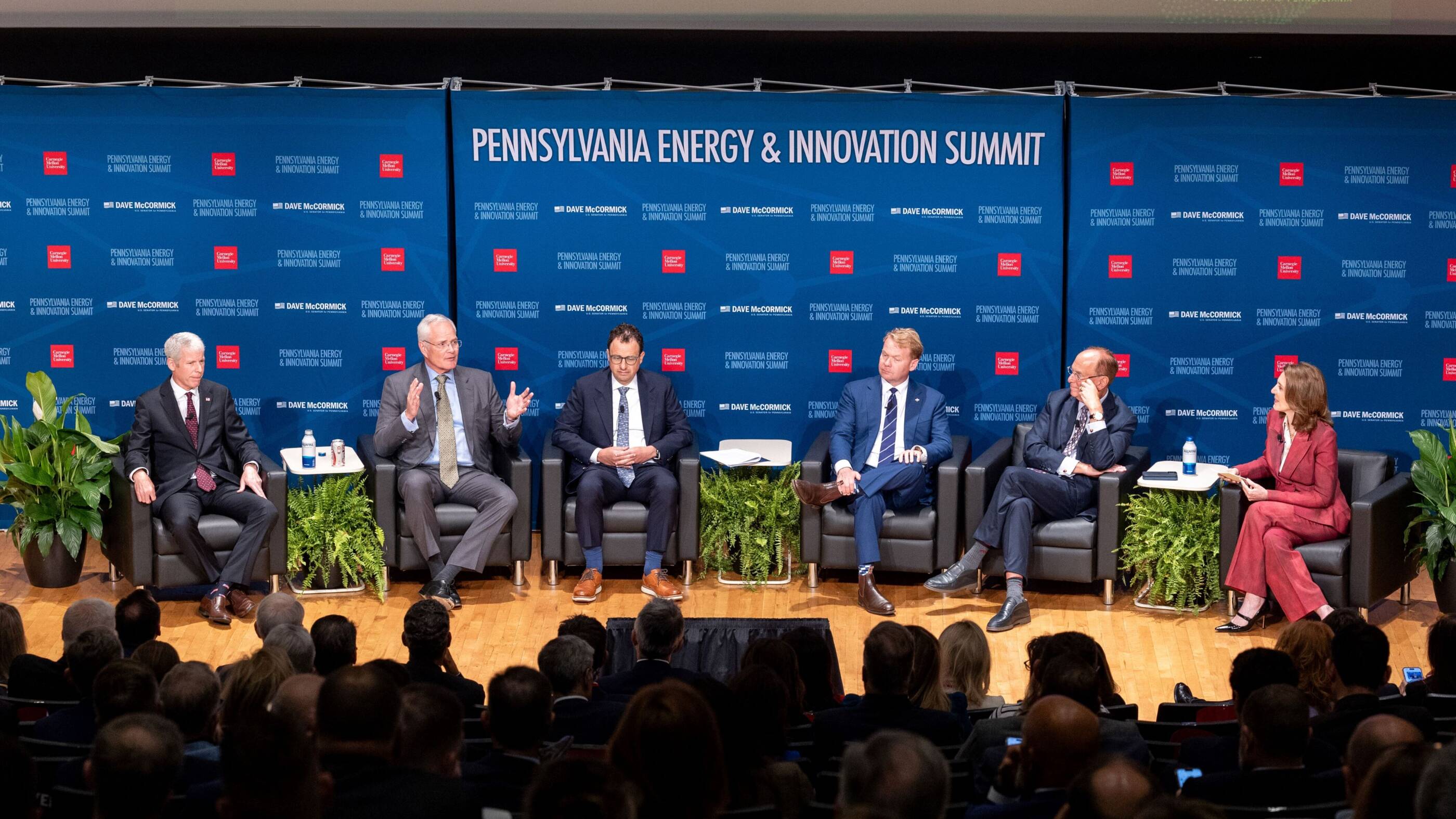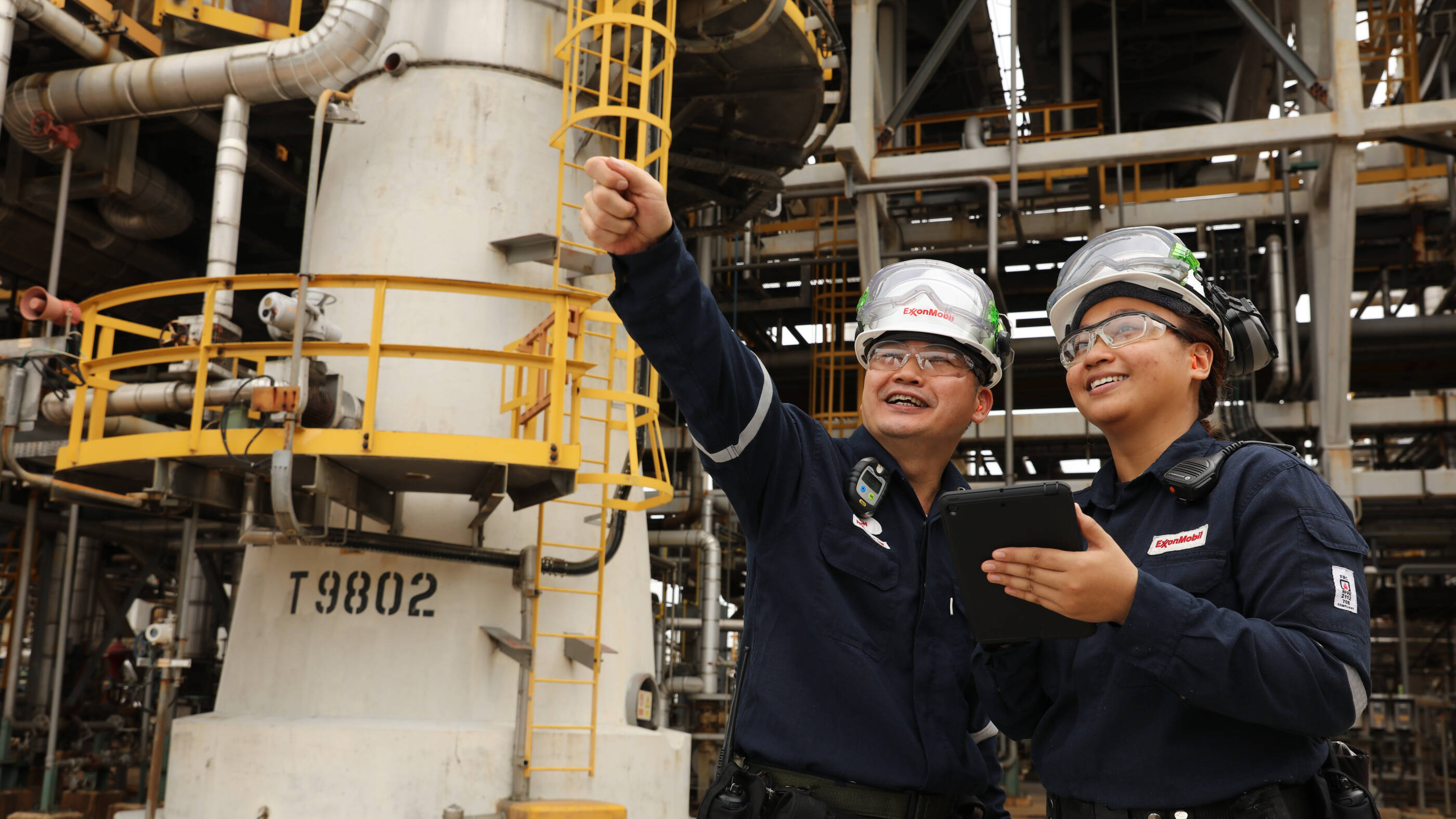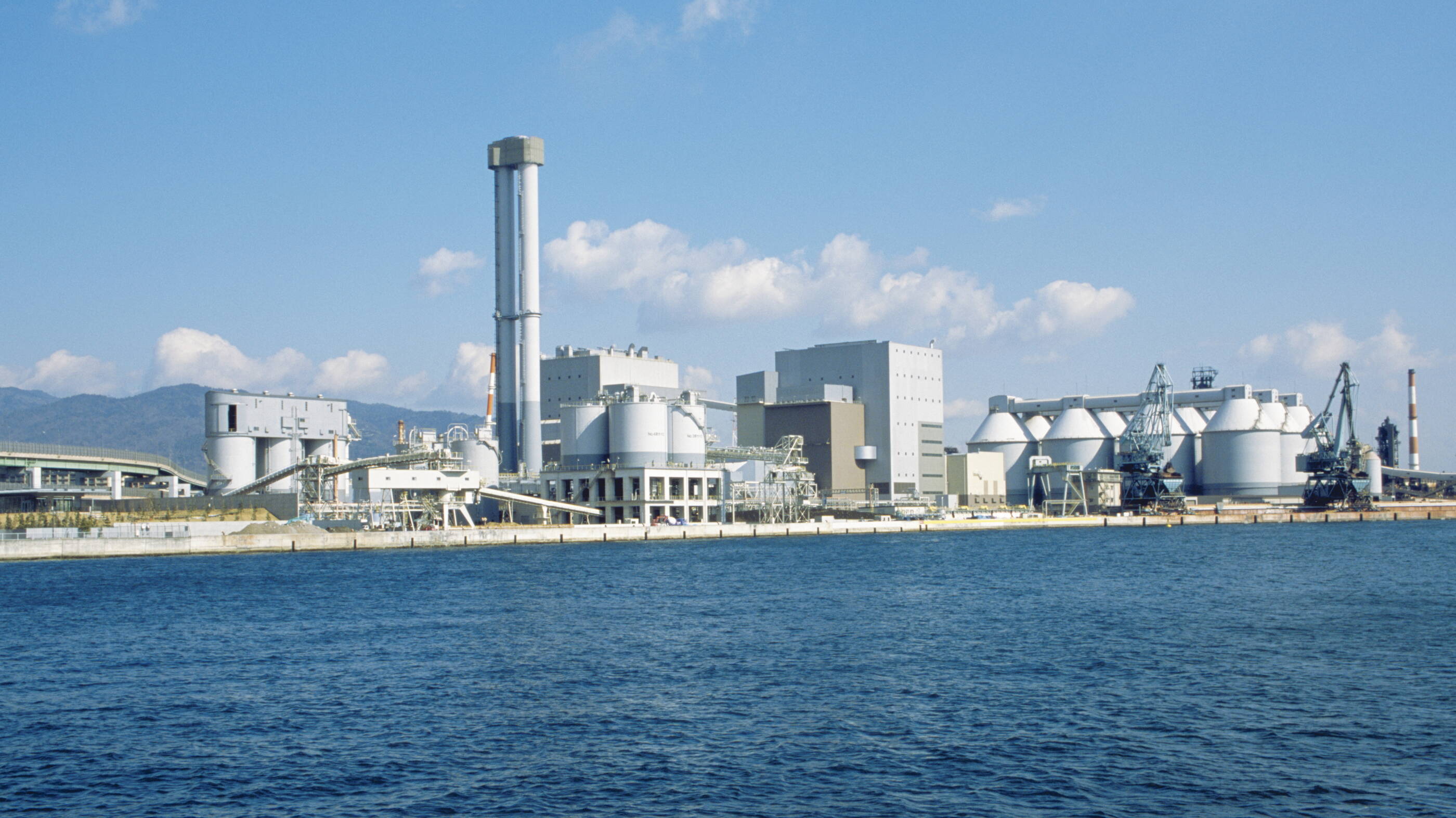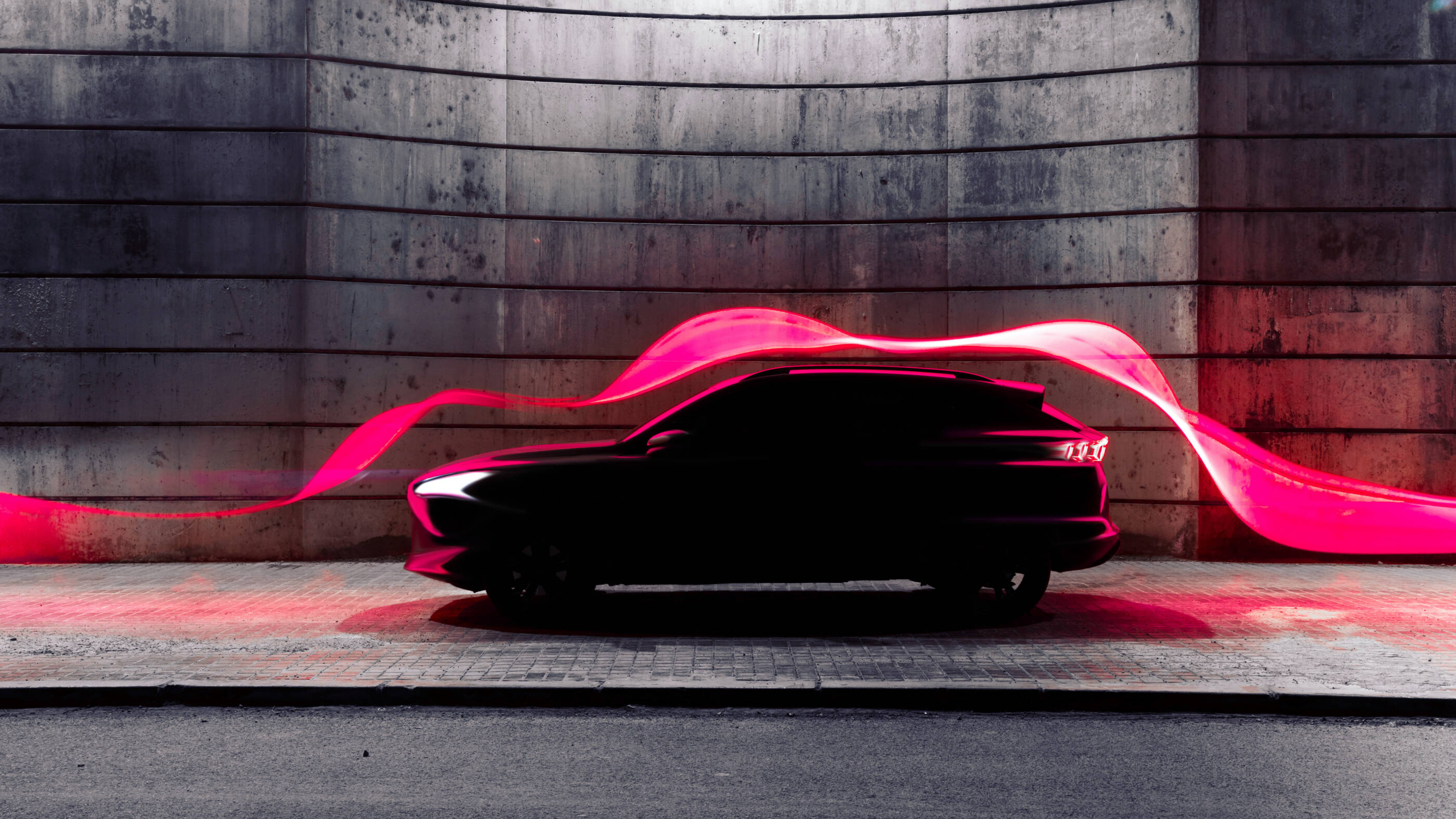selected item
4 min read
• March 8, 2024Lights, camera … energy! Let’s all go to the movies with Michael Webber
4 min read
• March 8, 2024They’re rolling out the red carpet and Jimmy Kimmel is sharpening his monologue as Hollywood prepares to host the 96th Academy Awards.
The usual glitz and glamour will be on offer this Sunday, but one thing about this year’s Oscars may seem a little different: Several nominees for Best Picture have energy topics as central elements of their plots. That’s right: energy.
This includes the heavy betting favorite, Oppenheimer, where Manhattan Project scientists seek to harness nuclear fission to build the atomic bomb. Another lauded film, Killers of the Flower Moon, centers on a deadly struggle for mineral rights and oil wealth on Osage lands in Oklahoma.
A surprise that’s not so surprising after all
Seeing energy prominently featured on the big screen probably surprises some people. Don’t count Dr. Michael E. Webber among them. Dr. Webber is a professor in mechanical engineering at the University of Texas and head of the Webber Energy Group at UT’s school of engineering.
He’s also the world’s foremost expert on Hollywood’s treatment of energy. Perhaps you caught his celebrated PBS special Energy at the Movies, which explored how Tinseltown has captured the history of energy through popular film.
ExxonMobil caught up with Dr. Webber recently to pick his brain about this year’s crop of movies and solicit his broader thoughts on energy and film.
“It would be hard to make a movie that doesn’t have energy in it somehow,” Webber said. “I can’t imagine a movie where energy’s not there, at least indirectly.”
That’s because energy is fundamental to every aspect of modern life captured on film, whether it’s merely a shot of a running car or an appliance or a lightbulb or water boiling on the stove.

Energy at the heart
Still, the subject of energy animates any number of Hollywood classics.
Giant, starring Elizabeth Taylor, James Dean, and Rock Hudson, clearly was an energy movie, chronicling Texas’s shift from an agricultural economy to a petroleum economy. Silkwood and The China Syndrome tackled nuclear power. Coal Miner’s Daughter? The connection’s right there in the title.
Another Oscar-winning classic, How Green Was My Valley, focused on life in the Welsh coalfields and coal’s effect on a changing region. “It’s a great film,” Webber said. “But note that it’s called How Green was My Valley, not is. The coal mine had already trashed the valley.”
The celebrated 2000 film Billy Elliott followed a similar trajectory. It’s ostensibly about a boy who wants to be a ballet dancer. But there’s something deeper, Webber said: “It’s actually about the decline of the coal mines in England and union busting by Margaret Thatcher.”
He added: “There are movies where energy is not in the title, but energy is the subtext or provides the context for the film.” You just have to keep your eyes open to the possibility.
Energy everywhere on screen
Spend a few minutes thinking about it, and it’s not hard to name movies where energy plays a big role, from There Will Be Blood and Syriana to Max Max: The Road Warrior’s manic take on peak oil.
Like in Mad Max, energy is woven through many notable film franchises. Think James Bond dramatically jumping from the massive Contra hydroelectric dam in the opening sequence of GoldenEye, while Clark Griswold absurdly climbed Hoover Dam in Vegas Vacation.
Of course, few scenes can top Doc Brown and Marty McFly in the first Back to the Future realizing they’ll need to capture a bolt of lightning for the 1.21 “jigawatts” needed to power the flux capacitor.
Barbie’s energy conundrum
Other movies aren’t so explicit. Take Barbie, another nominee for Best Picture on Sunday. Is Barbie an energy movie?
Absolutely, maintained Dr. Webber, and in the most elemental way.
“First of all, we’re talking plastic toys made from oil and gas derivatives, so the Barbie Doll itself is a modern toy enabled by modern energy, globally distributed thanks to diesel or marine fuel.” Webber continued, “Barbie is for sure an outgrowth of the modern energy industry.”
A more difficult question, though, is how they powered BarbieLand, where everything is lit and bright?
“There’s no smokestacks or obvious power plants or solar panels in BarbieLand,” Webber noted. (Scientific American called it “a world that defies the laws of physics altogether.”)
“It’s just taken for granted, which is the way most movies are, frankly,” Webber continued. It’s also the way many consumers think of the energy that power our lives. “When you ask people where energy comes from, they often say the plug in the wall.”
Energy (always) at the movies
Webber wants us to view film as something that shapes the way we think about energy, but also how energy shapes the way we think about film and entertainment. An air-conditioned theater on a hot summer’s day helps.
Dr. Webber’s Energy at the Movies scholarship offers a lot of food for thought this Sunday. And on your next trip to the multiplex. So grab some popcorn and settle in. And perhaps sometime, in the years to come, we’ll be rewarded when the Academy of Motion Picture Arts and Sciences adds its newest category: Best Energy Movie.
Newsroom
Stay up to date with the latest news and information
Explore more

Superior Graphite, Superior Acquisitions for Synthetic Graphite Production
2 min read
• Sept. 9, 2025
Powering the AI revolution with reliable energy

Darren Woods on delivering practical solutions to advance progress
2 min read
• June 18, 2025
2025 Annual Shareholder Meeting
2 min read
• May 28, 2025
Marubeni and ExxonMobil’s low-carbon ammonia deal marks major step in unleashing new energy supply
4 min read
• May 7, 2025
Driving the automobile evolution for EVs and beyond
3 min read
• Feb. 20, 2025
